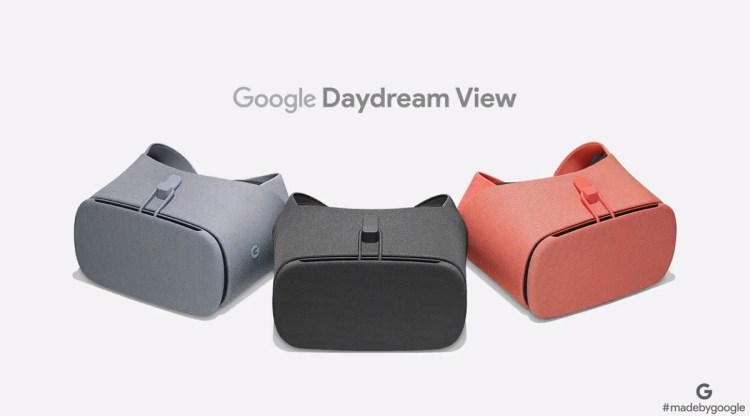testsetset
Google’s annual October hardware event was odd for several reasons this year, presumably because so much news leaked out early and the company clearly reshuffled the whole presentation. The devices that were announced came out all at once, and other news was left for after the keynote. But there was also plenty that wasn’t announced, including refreshed Pixel Buds, Google Wi-Fi, Google Clips, and so on. For me, the biggest hole was Daydream.
Daydream is Google’s virtual reality platform built into Android. And like the word “Android”, it wasn’t mentioned at this year’s event. (Even the fact that the Pixel 3 and Pixel 3 XL are Daydream-ready wasn’t confirmed until after the keynote.)
This makes 2018 a very quiet year for Daydream. A quick overview:
- 2016 — Google announced the Daydream platform at its I/O developer conference in May, and unveiled the Daydream View VR headset at its hardware event in October.
- 2017 — Google announced standalone Daydream VR hardware from partners HTC and Lenovo at its I/O developer conference in May, and unveiled the Daydream View 2 at its hardware event in October.
- 2018 — Nothing Daydream at I/O in May, and no Daydream View 3 at the hardware event in October.
Does Google have to announce major Daydream news at its two biggest annual events? That depends — how important is Daydream to Google? This year did see Google make some Daydream updates, including new incoming features, multiple controller support, and the debut of Chrome for Daydream.
But that’s it. HTC dropped out of making standalone Daydream hardware, while the Lenovo Mirage Solo launched and went nowhere. (The problem was largely a lack of apps.)
Google had nothing else this year (though it was clearly trying), which sends the wrong message to both users and developers. Mind you, the lack of Daydream at Google’s hardware event comes just a few weeks after Facebook unveiled the $399 Oculus Quest and offered updates to the $199 Oculus Go, including support for Google’s YouTube VR app.
Google doesn’t need an immediate answer to the standalone Oculus Go and Oculus Quest. The Quest isn’t shipping until next year. But it does need an answer, ideally sooner rather than later. The window is starting to close, and it’s becoming increasingly clear that phone-powered VR headsets like the Daydream View have no future.
I can’t help but wonder whether the Daydream is destined for the same fate as Google Cardboard: succeeded and forgotten. Maybe Google will simply jump to AR next.
This is Google that we’re talking about, after all. Every quarter the company must kill a beloved product or service or it can’t call itself Google anymore.
And that’s what I fear will happen here: Google’s Daydream will become another forgotten dream.
ProBeat is a column in which Emil rants about whatever crosses him that week.

